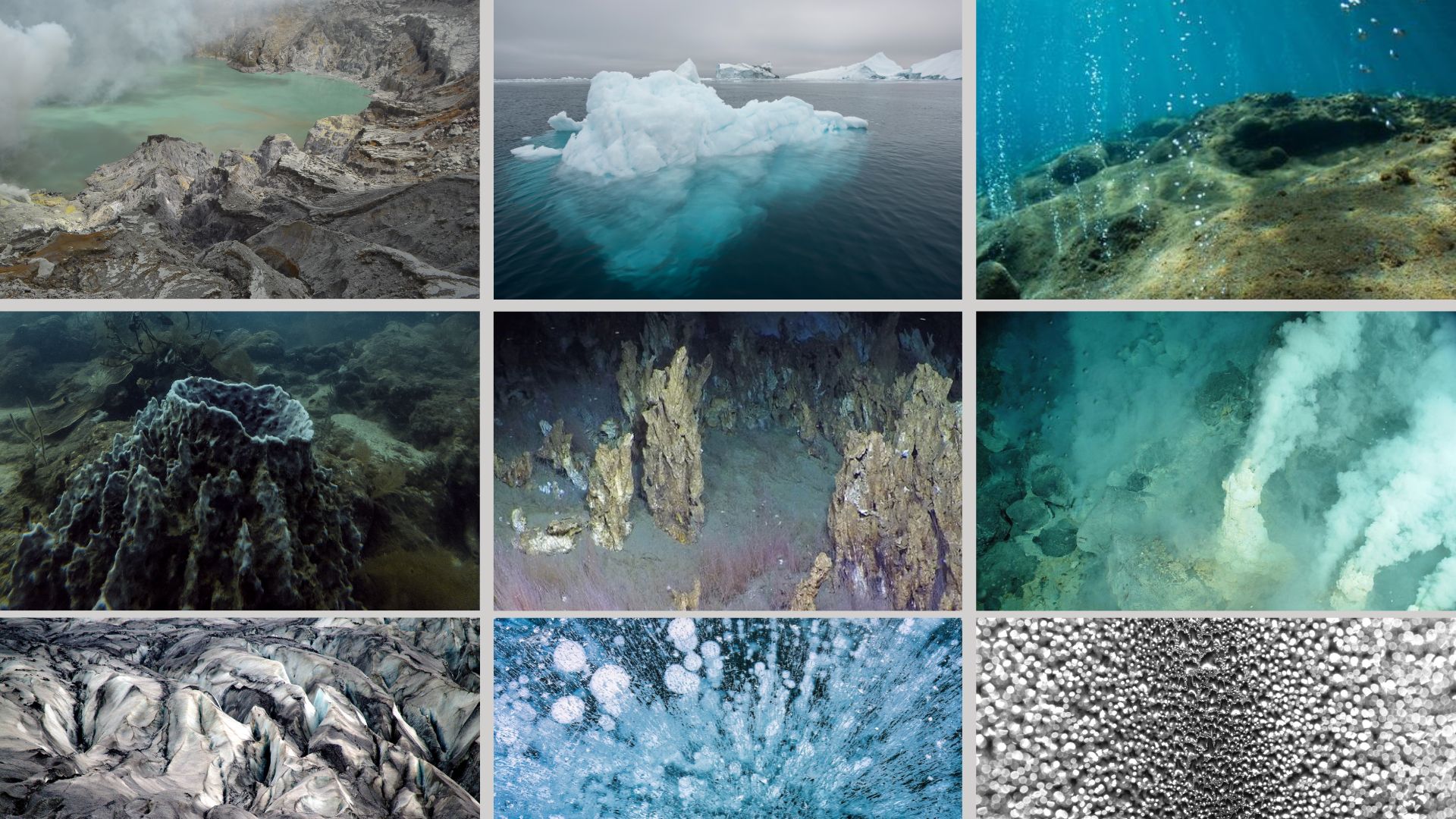
EXTREMES
About us
The Extreme project aims to develop and disseminate a transformative interdisciplinary approach to studying Extreme Environments in the Arctic regions and beyond.
Extreme Environments are places where conditions are very harsh and challenging for life. These areas can be incredibly hot, cold, deep underwater, or have high levels of chemicals that most living organisms would find toxic. Examples of Extreme Environments are cold seeps and hydrothermal vents, areas on the ocean floor where fluids and gases seep out of the Earth.
The project is granted by UArctic (UA 06/2024, from 01-01-2025 to 31-12-2026) and it is a collaboration between UiT The Arctic University of Norway, (Department of Geosciences), the University of Copenhagen (Department of Arts and Cultural Studies) and the University of Iceland Research Centre in Þingeyjarsveit.
Not only are such extreme marine environments sources of interest to current oil and gas industries, but they are also places of potential exposure to future practices of deep sea mining. Through interdisciplinary cooperation, the project will develop new ways to sense, understand and imagine the significance of these extreme marine environments in the Arctic regions and beyond.

The definition of an extreme environment is not universally agreed upon; however, it generally refers to settings that present life conditions that can be detrimental or fatal to higher organisms due to their physicochemical properties.
These extreme environments differ in one or more ways from what humans consider "normal" or moderate conditions, which typically include a circumneutral pH, temperatures ranging from 20°C to 35°C, pressures around 0.1 MPa (1 atm), and sufficient concentrations of nutrients and salinity. It's important to note that this definition reflects an anthropocentric perspective, and what constitutes "extreme" or "normal" can vary significantly when viewed from a microbial standpoint.

Extreme environments are unique areas on Earth, and beyond that, host conditions are often considered inhospitable for most forms of life. These include, for example, deep-sea hydrothermal vents, cold seeps, glaciers, and extraterrestrial analogues like icy moons. Studying these environments on Earth offers the opportunity to identify biodiversity under extreme conditions, the geological processes that form them, and the potential for life in similar extraterrestrial settings.

The research in these areas typically involves a combination of in-situ observations performed with advanced technological tools like deep-sea remotely operated vehicles (ROV) for the study of cold seeps and hydrothermal vents or remote sensing for the investigation of glaciers and advanced and laborious lab analyses. However, the inaccessibility and complexity of these environments pose significant challenges, often resulting in limited data to a single type or source.
Understanding these environments is not only about scientific interest and assessing the impact of natural and anthropogenic activities such as climate change, oil and gas exploration, and growing interest in deep-sea mining. These activities pose significant threats to these unknown ecosystems, making studying and protecting them crucial.
This has been the driving inspiration behind the development of this interdisciplinary project on extreme environments.
Siste nytt

[Loading...]



